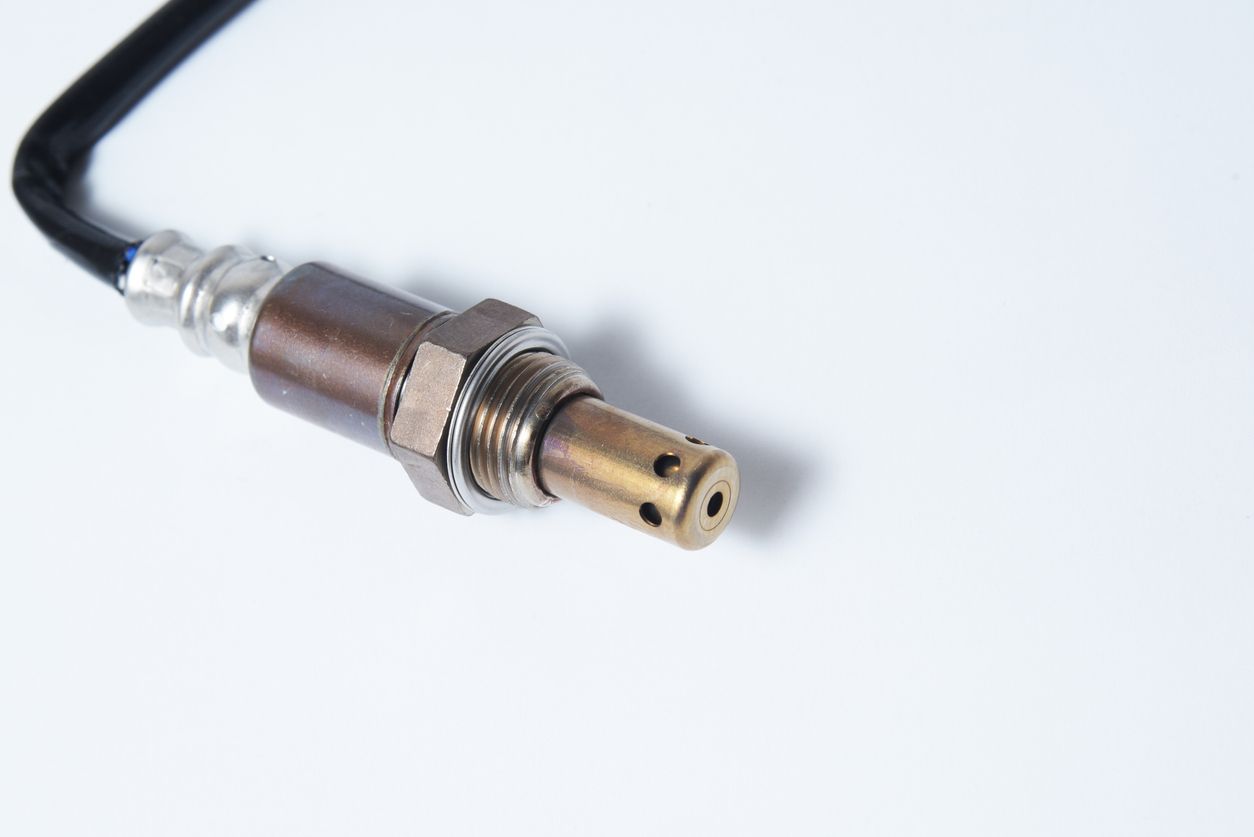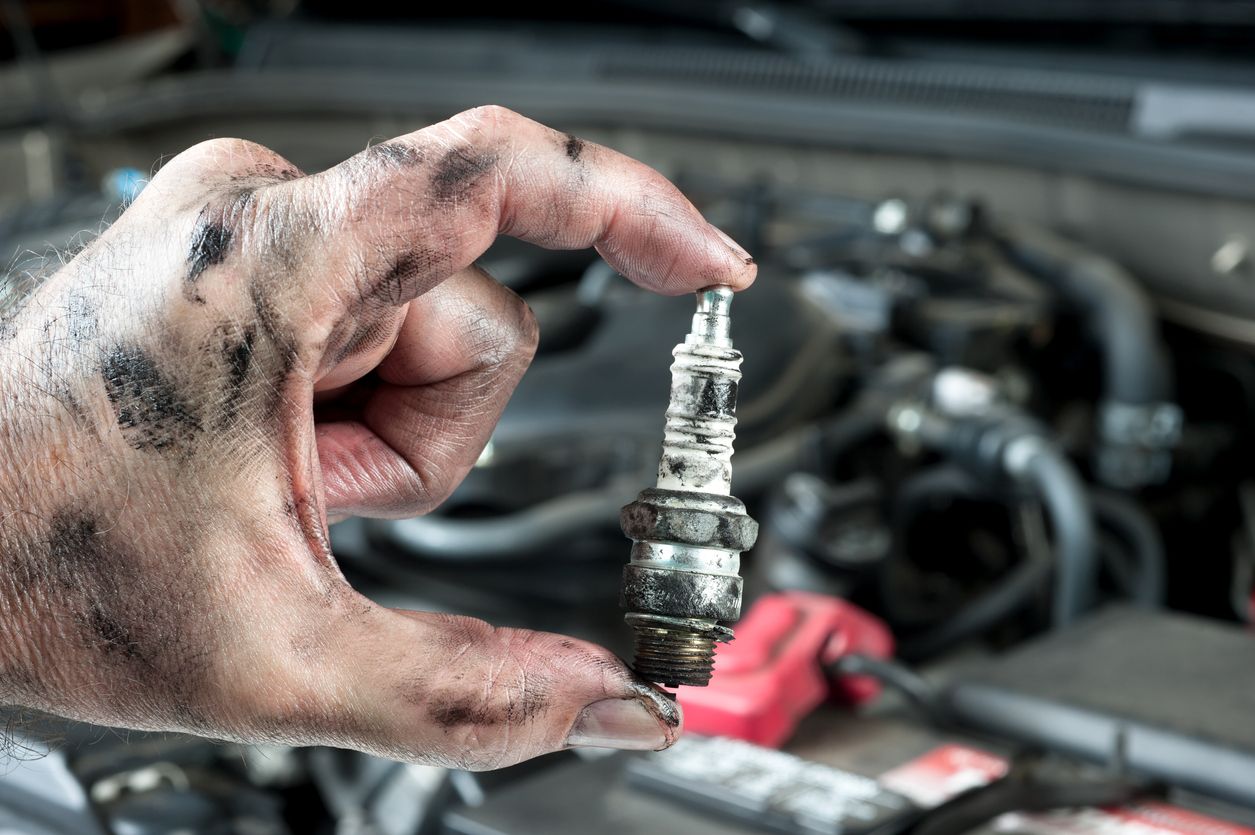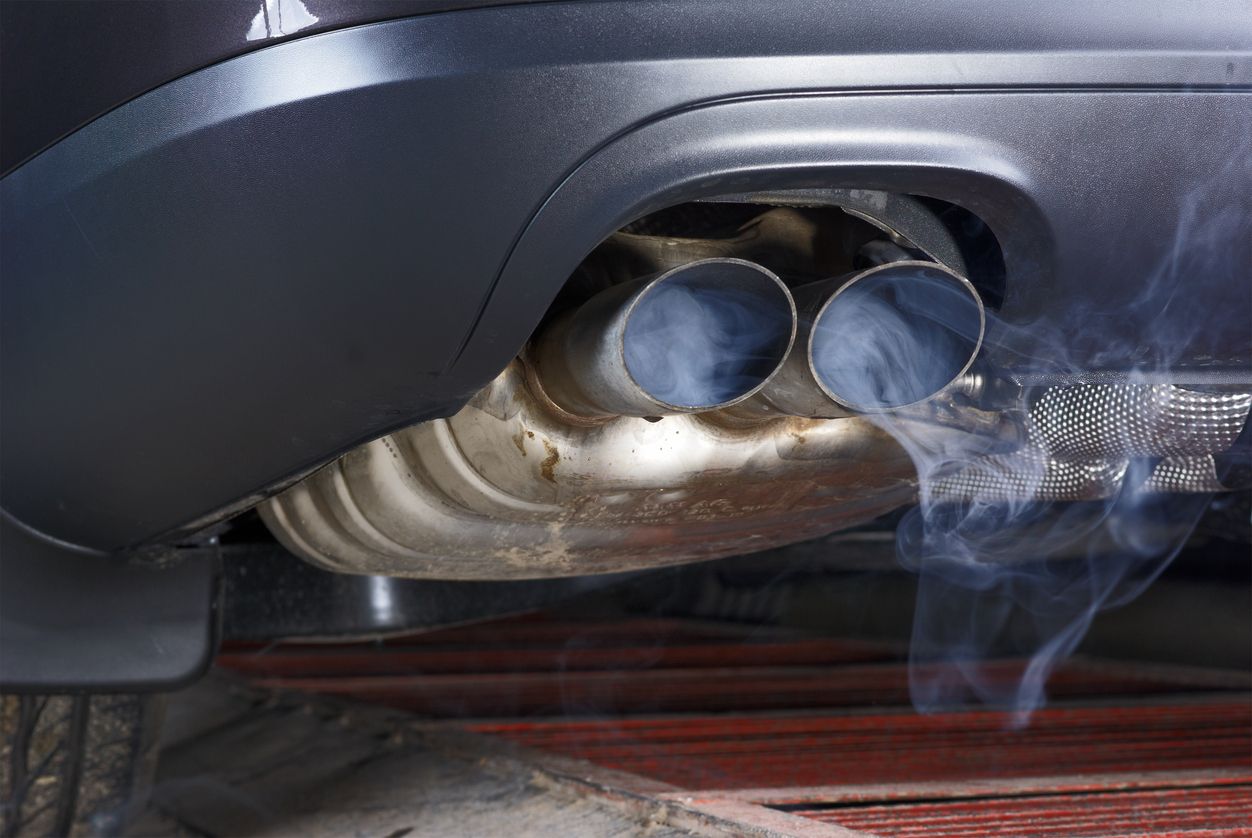While you’ve probably heard the term “oxygen sensor” before, you may not know what it is or why you need one. This component is one of the most important sensors in your vehicle, and it helps to maintain engine performance and environmental safety.
Keep reading to learn how an oxygen sensor works, the symptoms of a failing oxygen sensor, and why driving with a bad O2 sensor is a bad idea.
What Does an Oxygen Sensor Do?
O2 sensors measure oxygen levels in your exhaust fumes to gauge engine ‘efficiency’.
Gas engines work by combusting an air-fuel mixture in the engine cylinders. This mixture needs to be burned at a precise ratio to perform as efficiently as possible. If this ratio is off, the mixture in the engine is considered “rich” if there is not enough oxygen in the mixture, or “lean” if there is too much oxygen — both of which can cause harmful emissions and potentially damage your engine.
The oxygen sensor detects rich or lean mixtures and tells your Powertrain Control Module (PCM) to adjust the ratio. The PCM will then inject more or less fuel into the engine.
Many standard vehicles come with at least two oxygen sensors. The second sensor also measures oxygen in the exhaust flow, but only after the exhaust fumes have passed through the catalytic converter. Catalytic converters convert certain unwanted exhaust gases to help control the release of toxic emissions. This second O2 sensor is placed downstream of the catalytic converter to measure how efficiently it converts the exhaust.
Oxygen Sensor: How it Works
Most oxygen sensors generate an electrical signal that tells your car’s Powertrain Control Module how much to alter the air-fuel mixture. To do this, each sensor constantly measures oxygen levels in the exhaust flow and compares them to oxygen levels in the outside air.
Oxygen sensors are typically mounted directly onto the exhaust pipe. One part of the O2 sensor is located within the hot exhaust flow, while the other is in contact with the outside air. The difference in oxygen levels between these two parts generates a chemical reaction that produces a low-level voltage between 0.1 and 0.9 volts. A reading above 0.45 volts indicates the fuel is burning rich, while a reading below 0.45 indicates it is burning lean.
Symptoms of a Failing Oxygen Sensor
Oxygen sensors are not components that need regular servicing or replacement like brake pads or motor oil. They typically last anywhere between 30,000 to 100,000 miles and should be replaced as soon as they fail. When your oxygen sensor goes bad, it’s only a matter of time before you start experiencing some of the symptoms below:
Illuminated Check Engine Light
Although a check engine light can indicate many different problems, one of the most common triggers is a faulty O2 sensor. As soon as a check engine light pops up on your dashboard, schedule an appointment at your local Firestone Complete Auto Care for an engine diagnostic service. If you drive a high-mileage vehicle, chances are the oxygen sensor is to blame.
However, several other common failed mechanical or electrical components can result in too much or too little air or fuel. So, let a professional diagnose the root cause instead of just replacing an O2 sensor.
Poor Gas Mileage (Plus Bad Smells & Black Smoke)
When an oxygen sensor goes bad, your car may compensate by injecting more fuel into the engine. Not only does this lead to wasted fuel and poor fuel economy, but it can also result in several unpleasant side effects. Excess, unburnt fuel left in the engine can produce rotten egg smells and even cause black smoke to come out of the tailpipe. In some cases, the unburnt fuel can start to overheat your catalytic converter.
Keep track of how often you have to fill up your gas tank and watch for any black smoke from the exhaust. If a bad O2 sensor is the cause, you could fail emission tests during your next state inspection.
Poor Engine Performance
Will a bad O2 sensor cause rough idle and loss of engine power? You bet. Moreover, you may also notice poor acceleration, engine misfires, and even stalling. Bad oxygen sensors disrupt all kinds of essential engine functions, including engine timing, combustion intervals, and air-fuel ratio.
If you notice your engine isn’t performing properly, don’t wait to bring your car in for an inspection. It’s a lot less expensive to replace an oxygen sensor than an engine.
Can You Drive with a Bad Oxygen Sensor?
The short answer is "Yes," your vehicle's engine can operate without oxygen sensors. But without them, your PCM won't know how much fuel to inject into the engine. Depending on how it fails, you may end up with an overly rich fuel mixture, drastically reducing fuel economy and clogging your catalytic converter with excess, unburnt fuel. This excess may become burnt in the catalytic converter, raising its temperature and potentially shortening its lifespan.
Note: It’s much cheaper to replace an oxygen sensor than a catalytic converter.
So are oxygen sensors necessary? Yes. While the damage may seem small initially, the longer you drive with a bad oxygen sensor, the worse the damage will become. Eventually, you may experience rough idling, poor acceleration, engine misfires, an illuminated check engine light, and failed emission tests.
Let Us Make Sense of Your O2 Sensor Issues
Don’t hold your breath waiting for your O2 sensor problems to disappear. Let the technicians at your nearest Firestone Complete Auto Care help resolve the issue. Schedule an appointment today!



